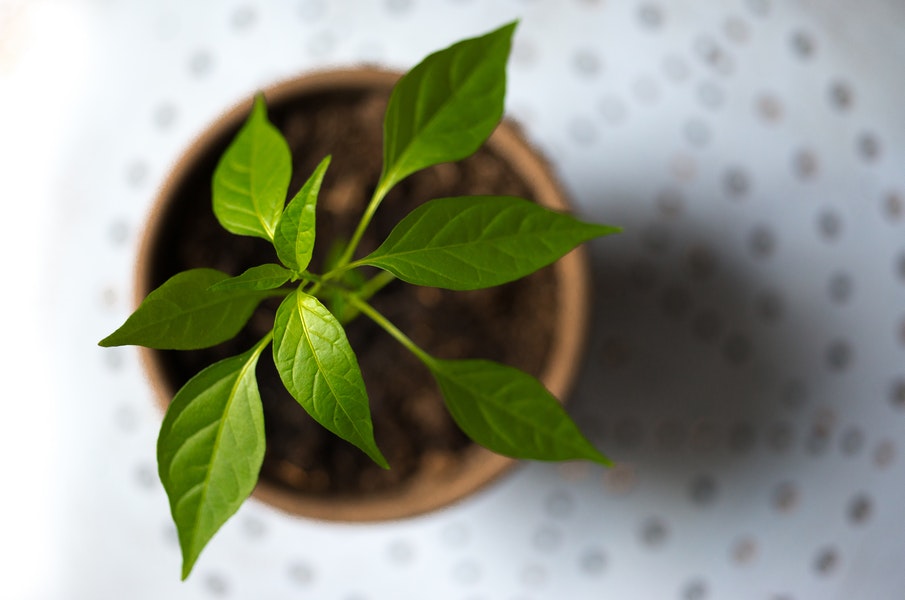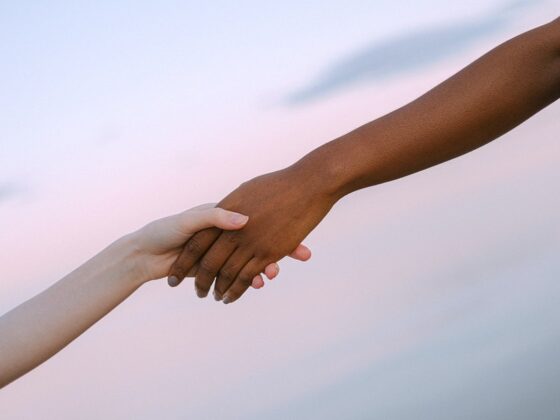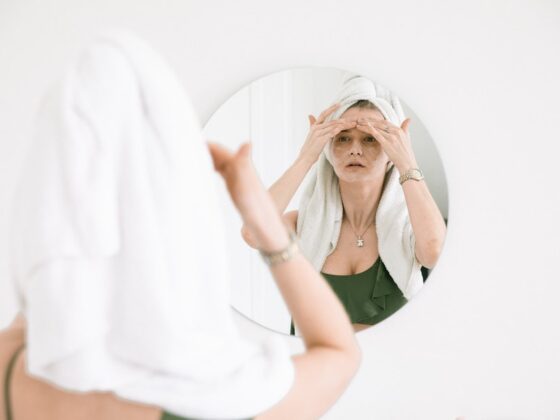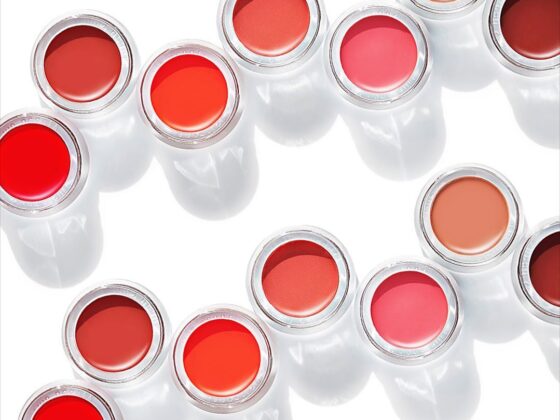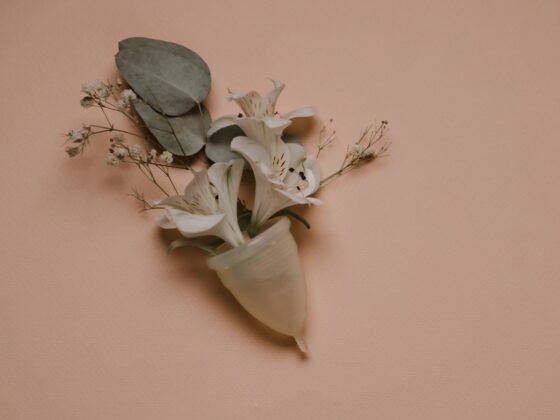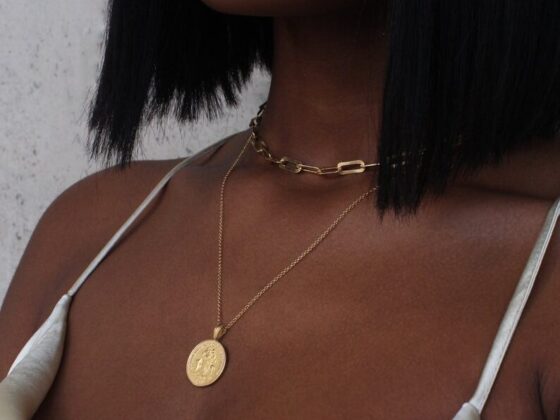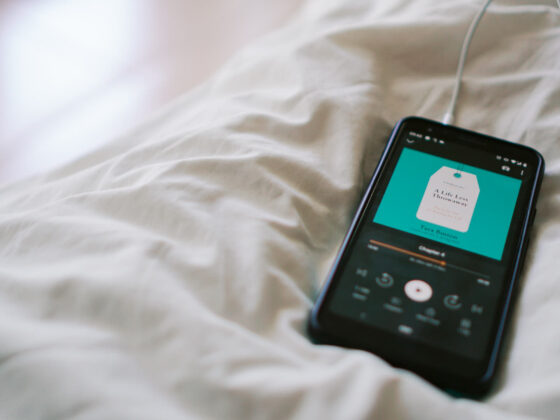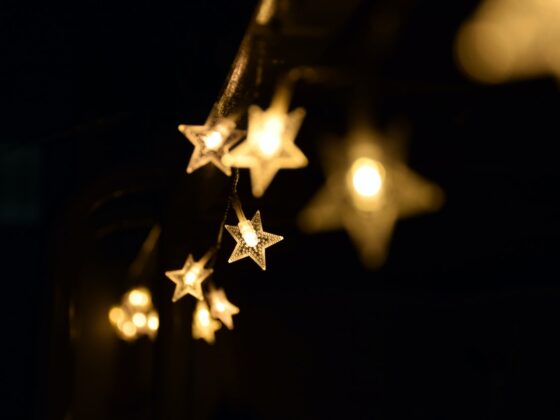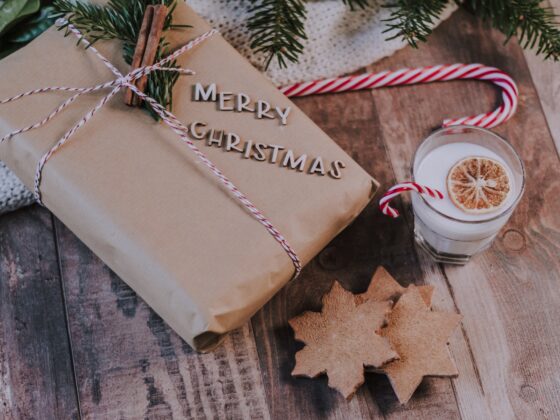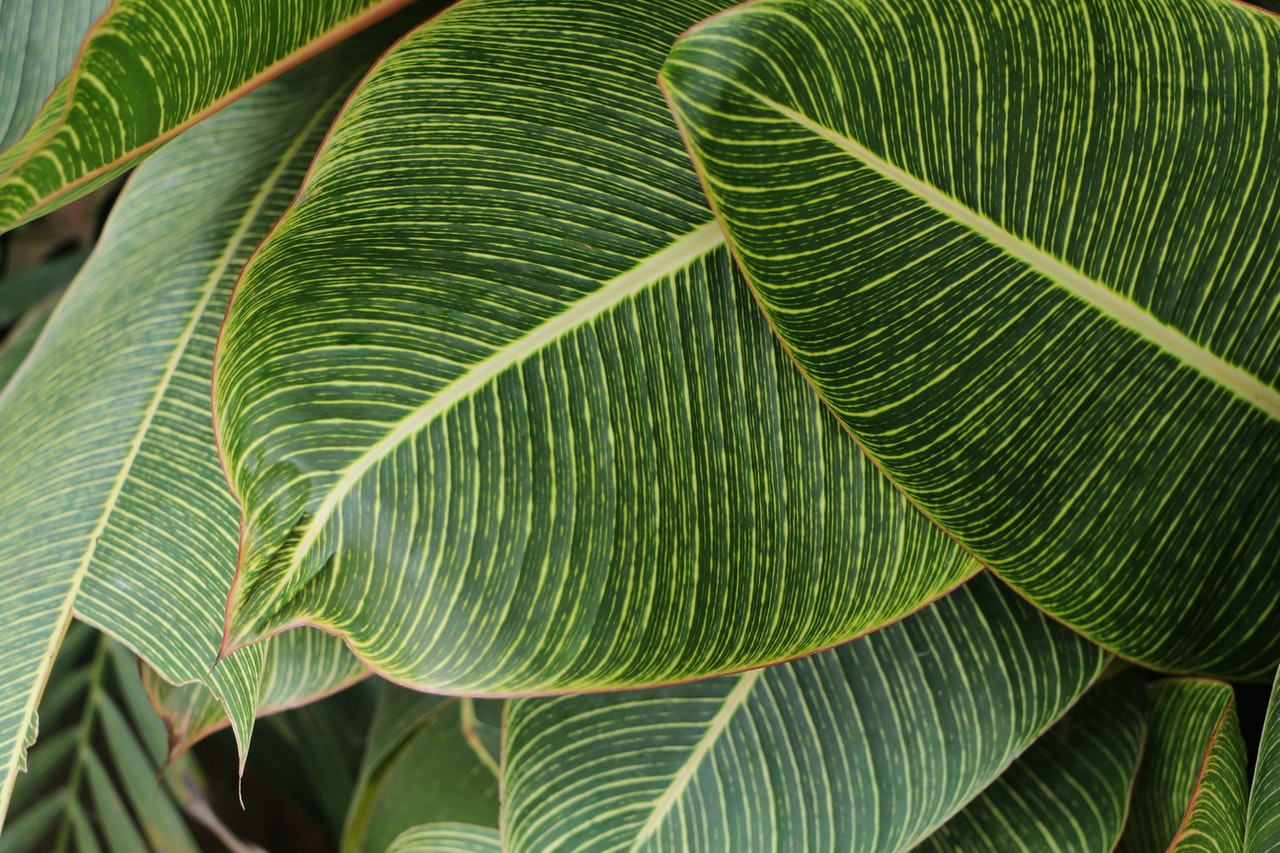Plastic Free July is exactly what it says on the tin: a month were we consciously use as little plastic as possible.
A few examples:
- Plastic-wrapped fruit and veg
- Plastic Grocery bags
- Takeaway coffee cups
Started in Western Australia in 2011, the challenge looks to encourage people to refuse single use plastics. The idea is that for the entire month of July, you individuals, businesses and even entire communities can take the challenge of living plastic free for 30 days.
There are two ways to do this:
- Avoid buying plastic completely if it’s feasible
- Pick one or two specific areas to concentrate on
This is especially this year with the increased focus on sustainability for many as a result of the Covid-19 pandemic.
Why is this important now?
Well, I’m glad you asked!
Did you know that only 9% of the plastic ever made has been recycled? How about that plastics take more than 400 years to degrade?
This all adds up to quite frankly terrifying projections that there will be as much plastic as fish in the ocean by 2050.
It’s bad news. And not just for this unlikely duo.

An estimated 90% of all habitats globally exist in the ocean. Micro-plastics that are ingested by sea creatures make their way into our food and our bodies.
And it’s not only that. Discarded plastics have been found to release greenhouse gases when exposed to sunlight.
Kickstart your Plastic Free July with a waste audit
What is a waste audit?
A waste audit is simply the process of understanding what makes it into your rubbish. By analysing what we throw away, we can understand where we are doing well and where there are opportunities to do better.
Two ways to do a waste audit
The traditional way to audit your waste is by physically going through your trash and recycling. Here’s how Plastic Free July recommend you do it:
Getting Set up
- Gather a team of colleagues / friends / family to help you if possible. This process is much easier and quicker if you’re not alone.
- Choose a day that is not long after your bins have just been emptied (you don’t want to rummage through week-old waste). Make sure that you’ve given sufficient time for the bins to collect waste, but not too long that it’s started to go putrid.
- Find a location that’s sheltered, has good airflow and is easy to clean. Make sure that the waste won’t blow away in the wind, too.
- Source a tarpaulin from a friend, neighbour, or colleague.
- You may want gather some buckets and scales to calculate the volume and weight of the waste you audit.
- Draw a table so you can keep a record of the waste you find. You should just need two columns: Category of waste and weight/volume. You might also want to write the date, who helped with the audit, and what type of bin you were auditing (compost, general waste, recycling).
- Find some gloves (preferably washable) to keep your hands clean.
On the day
- Gather your rubbish bin/s. Separate them by type (compost, recycling, general waste, depending on the separation system in your home or workplace).
- Start with one type of rubbish and empty it all onto the tarpaulin.
- Separate the rubbish into piles. For example, you may separate the general waste bin into: batteries, paper, food, plastic bottles, plastic cutlery, soft plastic, cans, cardboard, glass.
- Estimate the volume or percentage of waste in each pile (or accurately weigh if you have scales) and write this in your table.
- If you have other bins, repeat this process with them, then clean up.
If you’re a bit grossed out by rifling through your bins, there’s another way that is nearly as good: the house audit.
Instead of diving head first into your trash, you can search your house top to bottom.
- Get your pen and paper / phone ready to make notes
- Go to every room in your house – be sure to look in ever cupboard and on every shelf
- Make a note of all the plastic items you see
- Don’t forget to list the ways that you pick up trash outside the house (takeaway coffee cups anyone?)
Now what?
Give yourself a pat on the back
Start by congratulating yourself. Not only have you committed to embarking on the Plastic Free July challenge, you have also taken the first big step to a more sustainable July and a more sustainable future in general.
You should now be able to see areas where you already do quite well. Perhaps you already take a reusable tote to go grocery shopping. Perhaps you use a soap bar instead of a bottle of shower gel. Perhaps you’ve already invested in a bamboo toothbrush.
It’s important to take some time to congratulate yourself for anything you’re already doing to reduce your waste. Equally though, it’s important not to beat yourself up for not doing enough.
The most important thing is what you decide to do now.
Go for the low-hanging fruit
Now you’ll be able look for the metaphorical low-hanging fruit. The newer you are in your sustainability journey, the more opportunities there will be to make easy changes with a big impact.
Stuck for ideas? Here’s some of the lowest hanging fruit for beginners:
- Unpackaged fruit and veg
- Tote bags for grocery shopping – or even just reusing the plastic bags you already have
- Reusable coffee cup – or mug or jar for takeaway coffee
- Reusable water bottle
- Chocolate wrapped in paper, rather than plastic
Brew a cup of tea or coffee and take 15 minutes to think. What are the first few changes you’d like to tackle.
Going all in?
Perhaps you think you can take on the challenge in full and avoid plastic completely for the month? Great! You’ll need to get started with your game plan.
Make a list of all the different areas you need to consider. Where are you likely to slip up? What will you need to carry with you when shopping? What do you already have at home? What will you need to borrow or buy?
If you want more information on getting set up for the challenge, the guys over at Plastic Free July can help.
Will you be joining the challenge this Plastic Free July?
#PlasticFreeJuly is the perfect opportunity to dip your toe into the sustainability world (or dive in the deep end) and kickstart the ‘new normal’.
We’d love to know how you are getting on. Feel free to reach out with questions and reflections.






